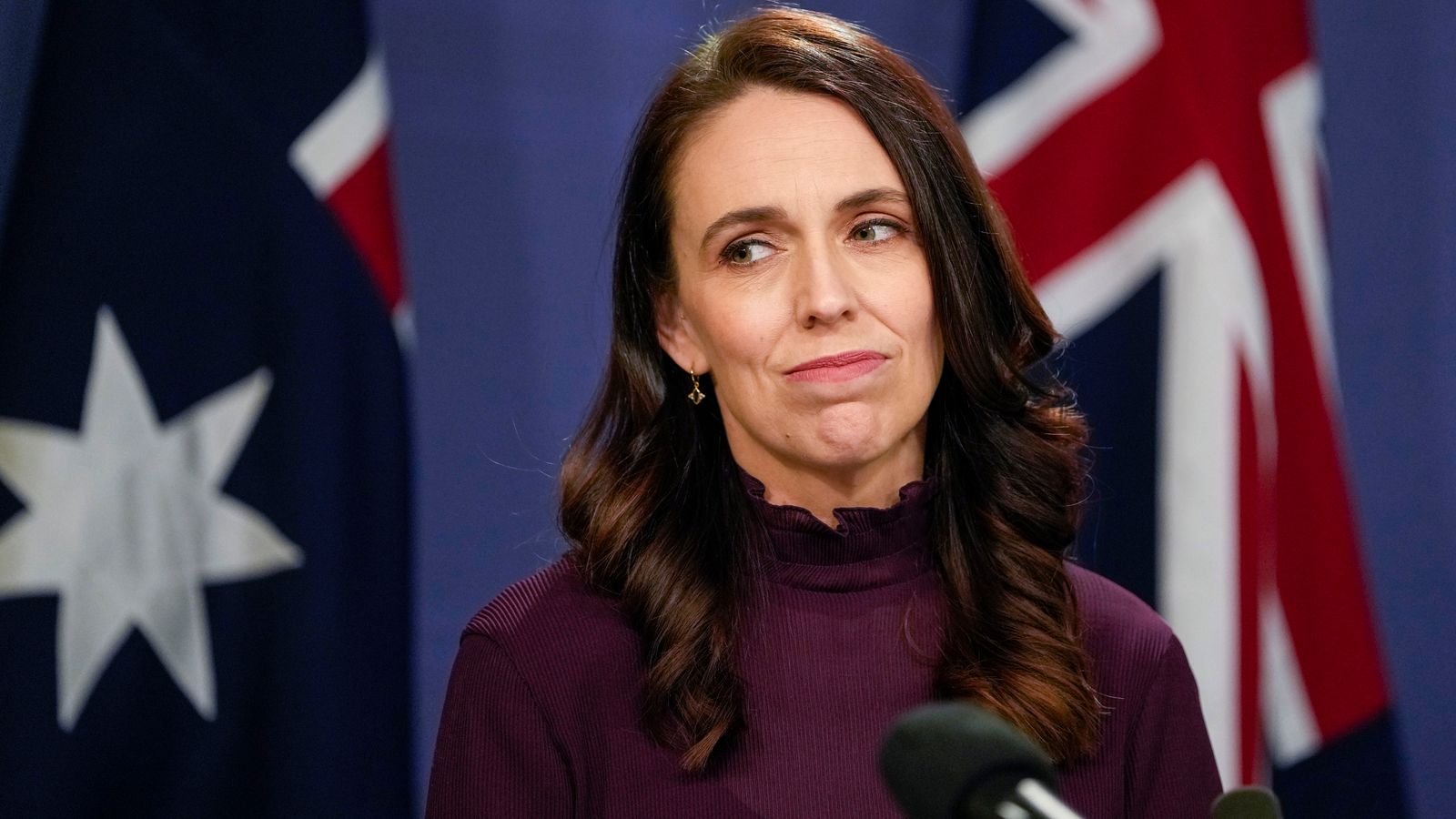Jacinda Ardern has announced her resignation as prime minister of New Zealand, saying she “no longer has enough in the tank”.
The shock decision came in the PM’s sixth year in office, as she faced the prospect of a gruelling general election in October and the very real possibility of defeat after two dazzling election victories.
Because while her star continues to burn brightly around the globe, at home the shine was wearing off.
New Zealand was swept up in Jacindamania when Ms Ardern was elected prime minister in October 2017, just weeks after being promoted to leader of the Labour Party.
At the time she was the world’s youngest leader, with many seeing her as a welcome progressive alongside the likes of Canadian prime minister Justin Trudeau, mobbed for selfies wherever she went.
The country’s foundations were shaken when a white supremacist gunman stormed two mosques in Christchurch, killing 51 people in the worst terror attack the nation had ever seen.
Her response was one of compassion and swift action. She wore a hijab to meet and embrace survivors and family members of the victims, and reiterated her message “they are us” – enough that it was later used as the title of a film about the attack.
In the immediate aftermath, she promised reforms to New Zealand’s gun laws, banning military-style semi-automatic weapons just six days after the attack.
Her leadership has been characterised by crisis management. As she put it in her resignation speech, her premiership was punctuated with “a domestic terror event, a major natural disaster, a global pandemic and an economic crisis”.
In December 2019, Whakaari/White Island erupted, killing 21 people.
And then, of course, there was COVID. Her approach was to go hard, and to go early. New Zealand closed its borders then locked down when there had been 102 cases and no deaths.
As other countries treated patients in hospital car parks and transformed refrigerator trucks into makeshift morgues, her decisive action won praise both at home and abroad. New Zealanders emerged from lockdown seven weeks later to a level of freedom that remained foreign to the UK until much later.
But her response lost fans in the latter half of the pandemic, particularly among business owners who blamed COVID restrictions for dampened profits and a struggling economy.
Less measured were the anti-vaccine protesters who set up camp on the lawns of parliament and violently clashed with police.
She also struggled to make headway on some of New Zealand’s more deep-seated problems, including the housing crisis, water reform and emissions.
Please use Chrome browser for a more accessible video player
New Zealand has also faced similar economic problems to many other countries in the rest of the world, with inflation hitting 7.2% in 2022 and grocery costs rising more than 10%.
In December, Ms Ardern’s popularity plunged to its lowest level since her election, sliding to 29%. In May 2020, riding high on the success of COVID restrictions, her approval rating was 59.5%.
The poll also revealed the left’s dwindling chances of a victory in the October election. The conservative National party increased its lead over Labour – 38% to 33% – and strong support for libertarian party ACT indicated the two right-wing parties could easily form a coalition.
Responding to the poll at the time, she said it was a “difficult time to be in government” but stressed that she and Labour had “experience of tough times”.
In her resignation speech she spoke of her change of heart – how she had spent the holidays trying to find enough in the tank to keep going, and had found she could not.
One of Ms Ardern’s defining qualities as a leader was her empathy and her ability to position herself among the people.
Her amateur DJ career was a source of delight for many Kiwis and she was regularly seen pitching in at the barbecue at public events.
She became the second woman to give birth while in office when she had her daughter Neve in 2018. Neve as a babe in arms at the UN general assembly or interrupting her mum’s livestream at bedtime illustrated the reality of being a working mum.
When I was working a Saturday shift as a reporter in New Zealand, I popped down to the supermarket below the newsroom on my lunchbreak. As I went in I clocked the PM walking out with then baby Neve in a pram, security detail subtly trailing her.
Later that week it emerged she had just paid for the groceries of a woman who had forgotten her wallet, “because she was a mum”.
For other politicians that might have been a photo opportunity, but in her case it really did seem to be one mum looking out for another.
That pull towards normality endured in Ms Ardern’s resignation speech as she gave her reasons for stepping down, looking towards seeing her daughter start school and finally marrying her partner, Clarke Gayford.
“I know there will be much discussion in the aftermath of this decision as to what the so-called ‘real’ reason was. I can tell you, that what I am sharing today is it,” she said.
“The only interesting angle you will find is that after going-on six years of some big challenges, that I am human. Politicians are human. We give all that we can, for as long as we can, and then it’s time.
“And for me, it’s time.”
Ms Ardern’s popularity had waned at home, but as she bowed out of the top job she returned to the empathy and compassion that defined her leadership and gained her approval worldwide, the message that we are all human.






